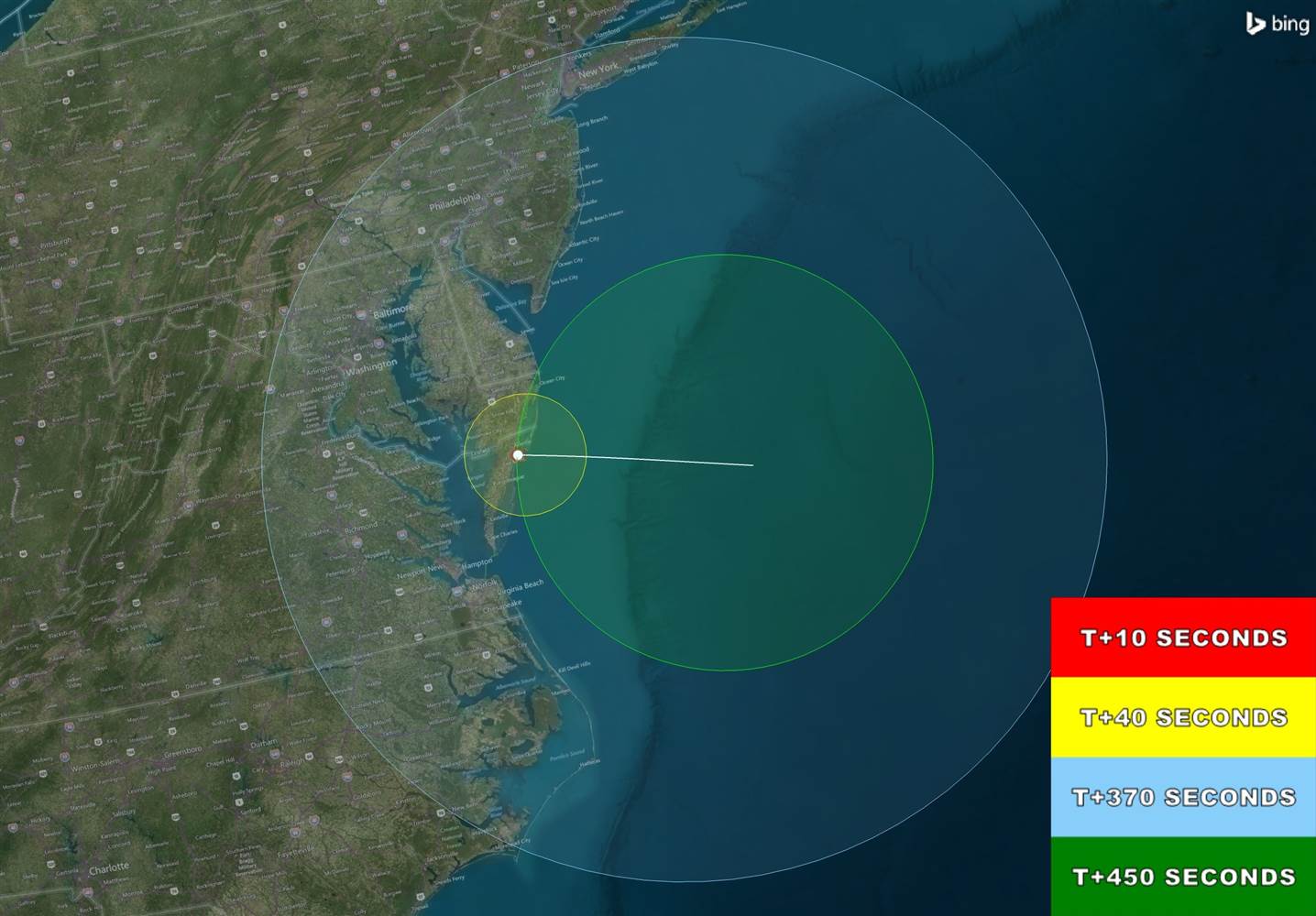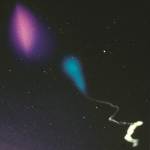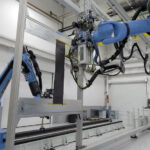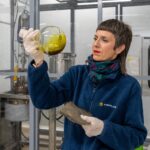A launch being conducted recently to test multiple new technologies being developed at NASA should make for a colorful sky, as the rocket releases harmless vapors into the air that will form blue-green clouds. Scheduled for launch from NASA’s Wallops Flight Facility in Virginia, the vehicle is full of cutting-edge tech.
The rocket itself is of a new type intended to reduce the weight and number of parts involved. A new “near net shape” manufacturing method allows the cylinder of the rocket to be formed and stiffened with internal structures in one step, rather than with dozens or hundreds of welds. This “Black Brant IX” rocket will be stuffed with sensors and its performance compared to that of traditionally made parts.
Inside, experimental ultra-lightweight carbon nanotube composite materials make up the wire sheathing, heat and radiation shields, and the adapter that sits between rocket and spacecraft.
Lastly, NASA is testing a deployment system for particles and vapors used by meteorologists and the like to study aurora and the atmosphere. Six minutes after launch, this system will let loose a mixture of barium and strontium, producing blue-green and red clouds that should be visible from Washington to New York and Philadelphia. Visibility will depend on weather, as will the launch itself, of course, but keep your eyes on the sky and you may get quite a show.
Photo 1’s caption: The launch should be visible for a large piece of the eastern seabord once it gets to a sufficient height. (NASA/Mission Planning Lab)
Photo 2’s caption: Example of clouds created by launch and release of barium and strontium vapors. (NASA)














